One of the surprises that you are going to find in your visit of the Almudena Cathedral de Madrid It is, without a doubt, its spectacular Neo-Romanesque architectural style crypt.
It is a hidden corner of the cathedral building that I am telling you about. The enormous columns that are distributed throughout its floor will catch your attention.
In the project of the Cathedral of the Almudena with the purpose that Madrid It had a large cathedral temple, its crypt was the first construction to be tackled, so in April 1883 the first stone was laid.
Finally, the crypt was opened to worship in May 1911, and soon after the construction project of the entire temple, for various reasons, was slowed down for decades.
Of course, it was in the years after the opening of the crypt when ten o'clock was ending chapels-pantheons of noble families of the time.
Currently, the Crypt of the Almudena Cathedral fulfills the function of parish of Santa María la Real de la Almudena.
All the information in detail
How to visit the Crypt of the Almudena Cathedral
For visit the Crypt of the Almudena Cathedral in Madrid, instead of entering from inside the cathedral temple, you must exit through the main door to the Bailen Street.
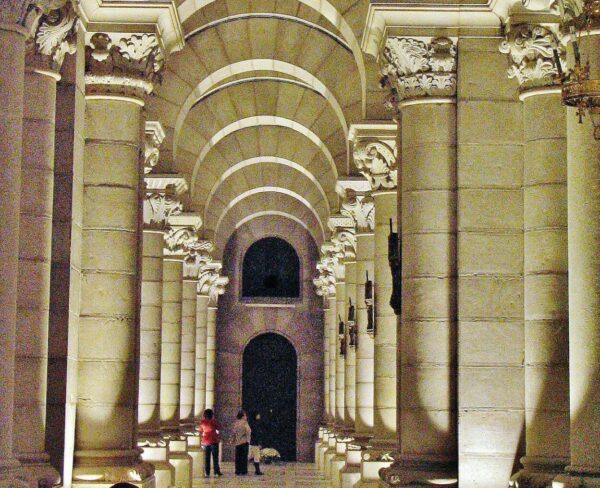
After turning right and going down the last section of the main Street, heading towards the Cuesta de la Vega, you will arrive in front of its façade.
This façade has a medieval style, with a triple door with a semicircular arch.
What to see in Crypt of the Almudena Cathedral
As soon as you enter the crypt, which you are going to do for the gyro, or back of the High altarAs I have told you, you will be impressed by the large number of columns with capitals of enormous size and different designs, all profusely illuminated.
On the right you can see five of the private chapels-pantheons.
After having visited the Cathedral of the Almudena, you will be surprised to find an architectural style Neo-Romanesque in contrast to neo-gothic style of the cathedral temple.
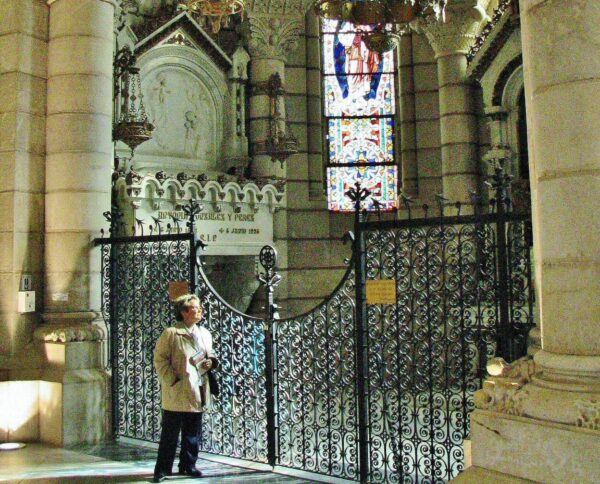
La Crypt of the Almudena Cathedral It has the classic Latin cross plan.
In its central nave there are 50 enormous columns 3,28 meters high and a perimeter of 2,2o meters.
Additionally, in the rest of the crypt you can see another 365 columns.
As you walk through the side naves, apart from the aforementioned ten private pantheons, on the floor you will see a succession of graves.
They are not only the property of noble families, but also of all those people who have wished to be buried in this crypt, since the possibility of having a tomb there is open to everyone.
La most outstanding artistic work which is preserved in the Crypt of the Almudena Cathedral in Madrid is wall painting Our Lady of the Fleur de Lys, which seems to date back to the time of the Reconquest Madrid.

Discovered in 1623, even without conclusive evidence, it is considered that this painting was painted by order of Alfonso VI in the year 1083 to be venerated until the image of Santa María de la Almudena.
Visit schedules Almudena Cathedral Crypt
The Almudena Crypt schedules For free visits they are every day of the week, from 10 a.m. to 20 p.m.
Now, you can also sign up for guided tours which you must reserve in advance, and which take place from Monday to Friday at 10 and 12 in the morning.
ORGANIZE your TRIP
- Don't forget your TRAVEL INSURANCE with a 5% discount
- Book the HOTEL for your trip
- RENT a CAR for your trip
- The best TOURS and EXCURSIONS in Spanish
- NO-LINE TICKETS for museums and monuments
- Best FREE TOURS around the world
- Book your TRANSFER from the airport
- eSIM card with INTERNET at the best price
With a duration of one hour and a price of 3 euros, here you have the information about the guided tours of the Almudena Crypt.
Virtual tour Almudena Cathedral Crypt
In advance of your visit, here is this video and with a 360 virtual tour of the Crypt of the Almudena Cathedral Madrid.


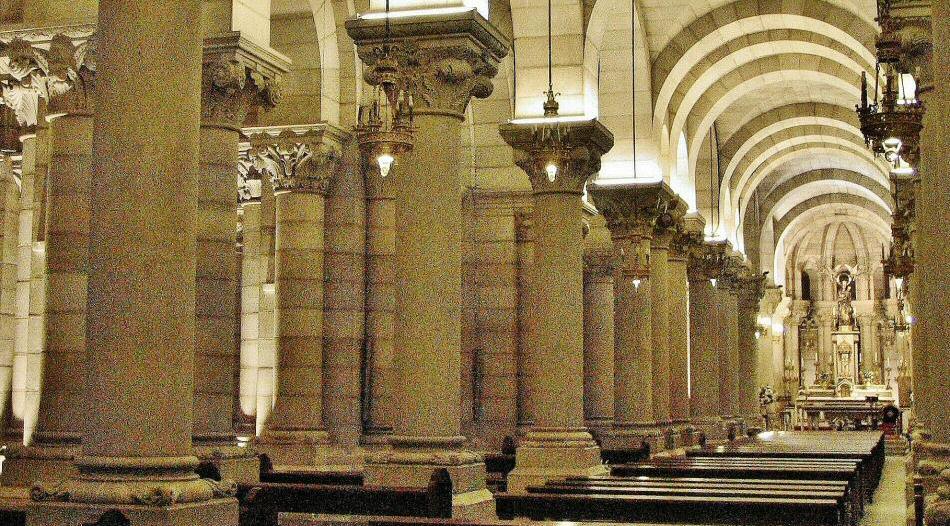

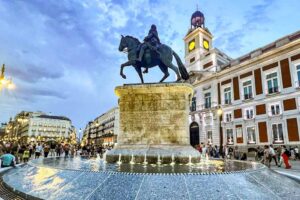
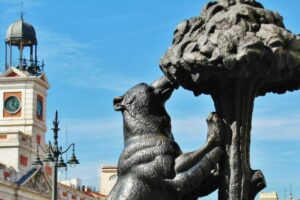











[…] piivacipatrta applied and will end around ten at night (on the Acampada Sol website you can consult the program of activities planned for […]
Cathedrals are the most majestic expression of medieval society that imbued Christianity with beauty. They are an exponent of spirituality rising towards the sky like prayers, but they are also a marvel of architectural art of which there is no precedent. The pyramids are of an almost childlike simplicity: a pile of stones – a structure as basic as it is stable. Greek temples are little more than sheds: roofs set on columns. Even the Colosseum, impressive as it is, wider than it is tall. But Gothic cathedrals are taller than they are wide, and their tall towers are a true stone lace. There is no structure in the ancient world as ambitious as the Holy Chapel of Paris, with its high glass walls defying gravity, nor like so many other exponents of Gothic architecture.
“The heavens recount the glory of God. The cathedrals add to this the glory of men. They offer all men a splendid, comforting, exalting spectacle.”
“The Gothics have piled stone upon stone, higher and higher, not like giants to attack God, but to get closer to Him.”
“Art was for them (the Goths) one of the wings of love. “Religion was the other”
His greatness, while arousing our deepest admiration, never ceases to overwhelm us. "We are nothing more than spoils!" exclaimed Rodin, dazzled by the splendor of Chartres Cathedral.
“Leo Moulin – says Vittorio Messori – tells me about that Middle Ages that he has always studied: «That shameful lie of the “dark centuries”, for being inspired by the faith of the Gospel! Why, then, is everything we have left from those times of such fascinating beauty and wisdom?